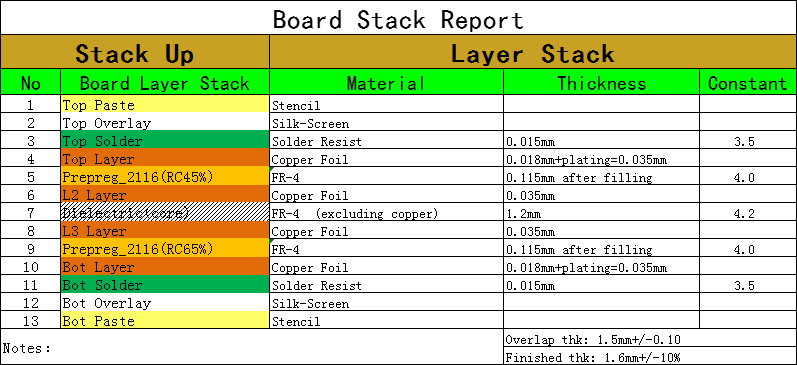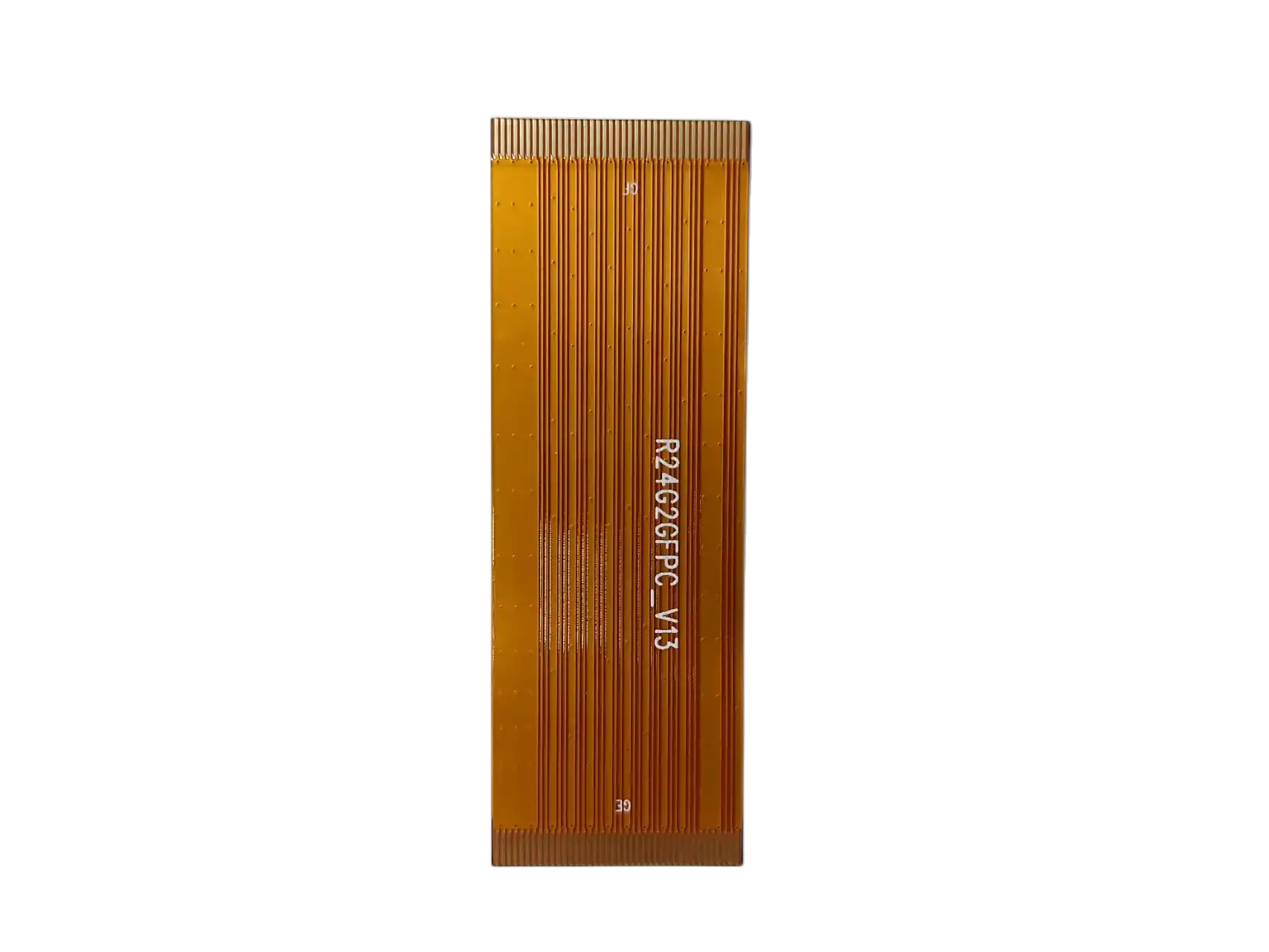
Printed circuit boards (PCBs), are usually made of non-conductive substrate materials and have copper circuitry embedded internally or externally.
They can have as few as two layers of copper or as many as fifty in high-density applications. The flat composite surface can be used to support the components that are soldered to the PCB and then the copper conductors link the components electronically.
Prepreg
Laminate
Copper foil
Soldermask
Nomenclature
Final finish

Prepreg is a thin, glass fabric that has been coated with resin and dried in special machines known as prepreg treatmenters. The resin is held in place by the glass. The resin, usually FR4 epoxy, Teflon, or polyimide, is a liquid that is applied to the fabric. The prepreg is absorbed into the treater and then enters an oven section where it begins drying. It is now dry to the touch after it has left the treater.
Preparg begins to melt when it is exposed to higher temperatures (usually above 300o Fahrenheit). The resin in prepreg will melt at a temperature called thermosetting. Once it has melted, it will re-harden to become very rigid and strong. Prepreg and laminate are very light despite their strength. Prepreg sheets or fiberglass are used in many manufacturing processes, including boats, golf clubs, aircraft and wind turbine blades. It is crucial for PCB manufacturing. Prepreg sheets are used to glue the PCB together. They also serve as the basis for the construction of the second component of a computer board, the laminate.
Laminates are sometimes called copper-clad laminates. They are made up of sheets of prepreg that are laminated together using heat and pressure. On one side, there are sheets of copper foil. After the resin has hardened, PCB laminates look like a plastic composite with copper foil sheets on either side.
To create the circuitry on laminate surfaces, we image and etch the copper foil. These copper circuits will be the conductors or electrical wiring on the board’s internal and outer layers. After the circuits have been etched and imaged on the laminate layers, they can be laminated using the prepreg described earlier.
Soldermask, a green epoxy coating, covers the circuits on board’s outer layers. Prepreg layers cover the internal circuits, so they don’t need protection. The external layers will oxidize and become corroded if they are not protected. Soldermask protects the conductors outside the PCB.
The white letters you see above the soldermask on a PCB are called nomenclature or silk screen. Nomenclature shows the location of each component on the board and provides orientation information.
Although soldermasks and nomenclature can be found in other colors than green and white they are most commonly used.
Soldermask protects all circuits on the outerlayers PCB where we don’t intend to attach components. We also need protection for the copper holes and pads that will be used to solder or mount the components. We use metallic coatings such as silver, gold, tin/lead seller, silver, and nickel to protect these areas.
PCBSky has been manufacturing high-quality electronic PCBs for more than 10 years. We have been a manufacturer of printed circuit boards for over 10 years. As we kept up with changing market demands, we’ve specialized in many types of circuit boards. Our Minneapolis facility, which covers 55,000 square feet, is home to more than 400 people. We have developed the expertise to produce flexible circuits as well as rigid flex PCBs over time in order to meet the demands of modern electronics.
Both flexible and rigid flex PCBs are the basis for sophisticated electrical systems that fit into small devices. You can design and manufacture them to be extremely thin and light without sacrificing their ability to withstand shock and vibration. These PCBs are extremely reliable in high vibration and shock environments. Aerospace, military, and telecommunications are just a few industries that use rigid and flexible PCBs.

This page will cover the most common materials used in the construction of printed circuit boards, their characteristics, and the reasons why PCBSky should be your printed circuit board manufacturer.